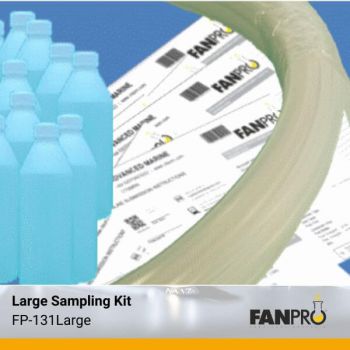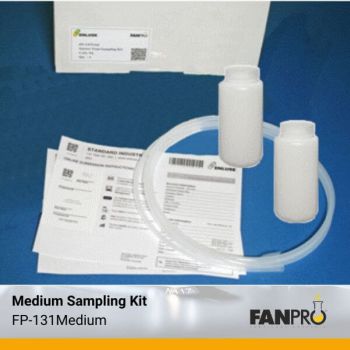We use cookies to make your experience better. To comply with the new e-Privacy directive, we need to ask for your consent to set the cookies. Learn more.
Availabilty In stock
Item #
FP-61VA
Varnish Potentional by MPC
€157.14
Varnish Potentional by MPC
Varnish Potential by MPC Testing: Identifying Varnish and Sludge Potential in Oil
| Brand | FanPro |
|---|---|
| Weight | 453.59 gram / 1 lbs |



